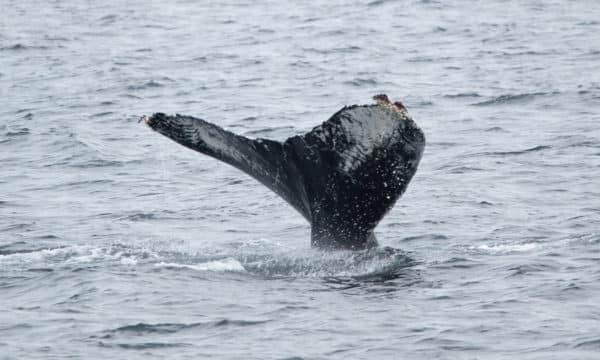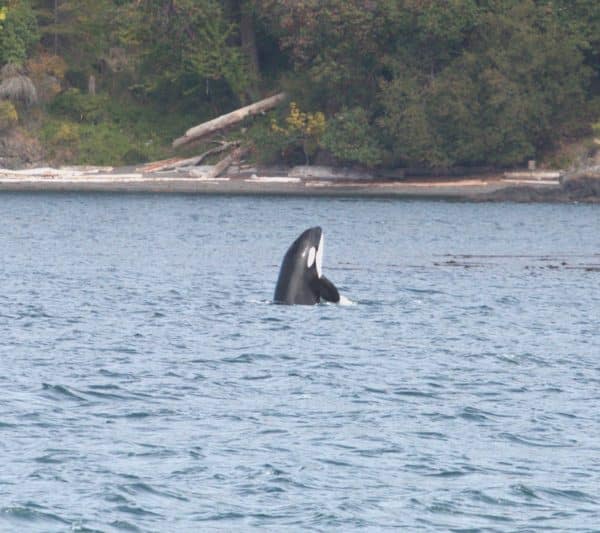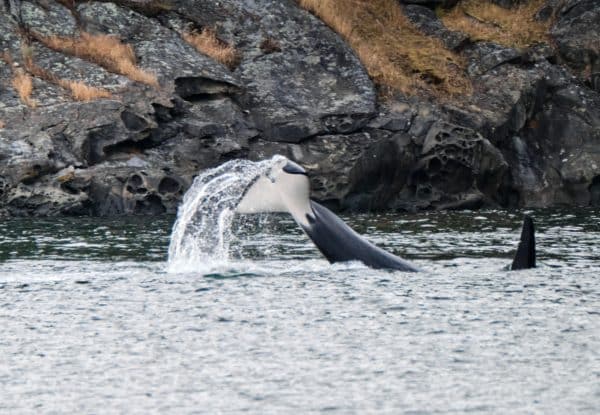Written By: Marisa Price, Lead Naturalist
An essential part of connection is communication. Whether the connection is familial, societal, or simply a friendship, communication is integral. Connection aside, as a pack or group hunter, you must be able to communicate to coordinate kills. So how do whales communicate with each other? In this blog, we will explore the various ways the mysticete and odontocete whale species communicate and how their means of “speaking” with one another are unique compared to other animal communication systems.
Before we dive into the specific communication tactics for each species, we must understand the importance of sound in communication for marine mammals. Marine mammals are much more dependent on acoustics than land mammals. The ocean spans a vast majority of our earth, in the depths, vision is limited so sound may be one of the few means to navigate the dark blue. The ocean acts as an echo chamber, allowing communication to happen over large distances. Sound also travels four times faster in water than land furthering the productivity of acoustic communication rather than body language.
Mysticetes, more specifically humpback whales, are song whales. Each year the males of the species compose a song that may be up to 15 minutes long while on the breeding grounds. These haunting songs may be used to establish dominance or “flirt” with females, but scientists don’t yet definitively know. Humpbacks have a larynx but no vocal cords, so we do not one hundred percent know the mechanism used to produce these sounds either. We do know that, unlike humans, whales do not need to exhale to produce noise, so the cranial sinus may also play a role in sound production.
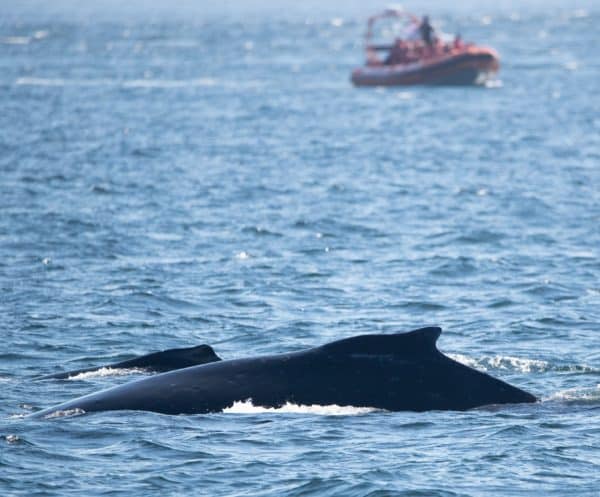
Odontocetes, more specifically killer whales or orcas, are not song whales but do produce three distinct sounds. These sounds are calls, whistles, and clicks (echolocation.) Calls are intended for communication over long distances and in decibels they are the ocean equivalent of a jet engine. These calls are learned dialogue that is thought to be able to convey specific information and contribute to a group identity. Whistles are high-pitched and directional, these sounds do not travel very far underwater; and are thought to be used to plan attacks in relative secrecy. The final sound Orcas make are clicks, these sounds are created by pushing air through the airway up to the phonic lips which will subsequently make the pair slap against one another. These clicks get picked up by the specialised fatty acids in the melon which will organise them and send them out in a flashlight-like pattern. These clicks are a fundamental part of identifying prey and landscapes.
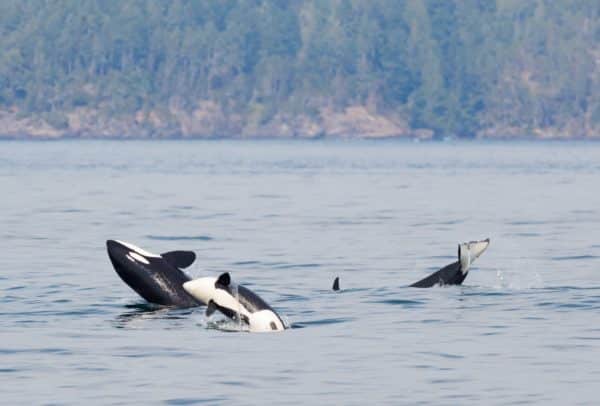
Whales may also use bodily force to create sounds as a means of communication. Pectoral slaps, tail slaps, and breaches displace a massive amount of water and subsequently have a large acoustic output.

If you’re looking for a chance to see and possibly hear these animals, book a whale watching tour and #experiencethewild!




